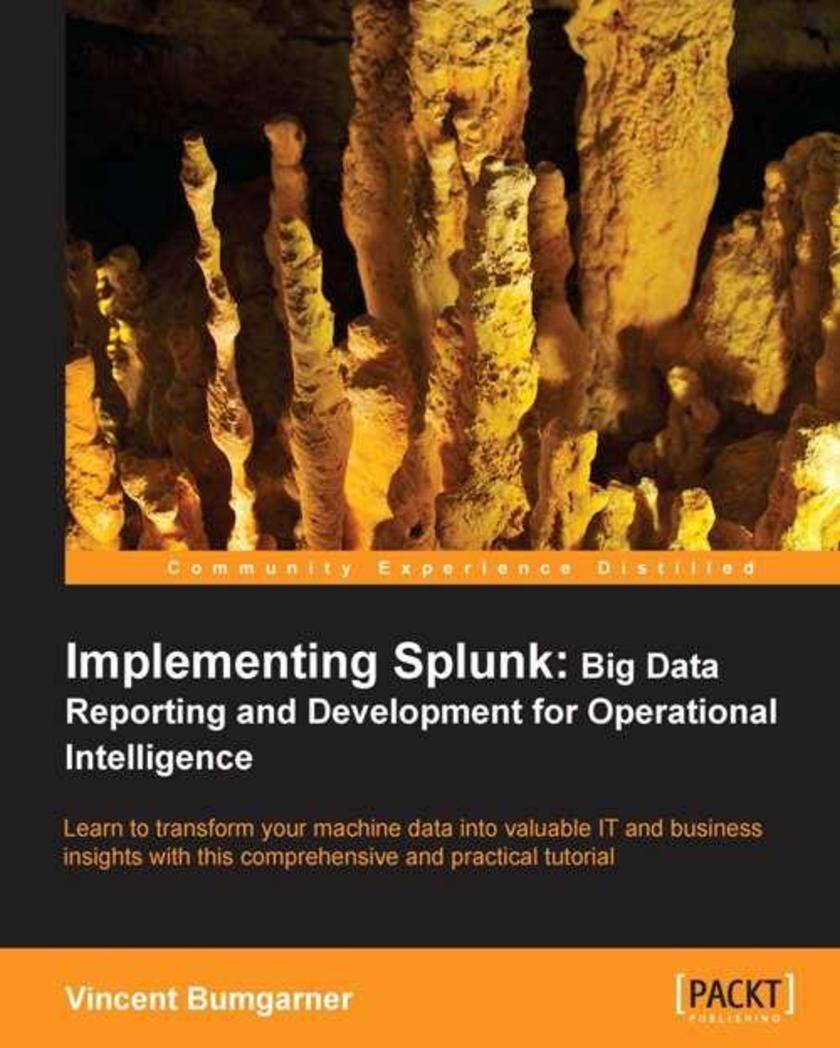
Implementing Splunk: Big Data Reporting and Development for Operational Intellig
¥90.46
A step-by-step practical implementation tutorial that equips you with high-level knowledge of configuring, deploying, extending, and integrating Splunk to bring machine-generated operational intelligence (?)to your advantage. The book targets professionals and organizations who want to implement or have already implemented Splunk for log analysis and indexing. Analysts and IT staff for end-to-end investigation, performance monitoring, and so on will also learn from the practical examples. It would even help managers to build reports and summarize the health, performance, and activity of their IT infrastructure and business. You will also find it helpful as a technical administrator, consultant, or end user. This book aims to be useful to Splunk users of all levels, from complete newbie to seasoned user. The book assumes that you have access to a copy of Splunk, ideally not in production. Many examples also assume your user has admin rights.

Instant Website Optimization for Retina Displays How-to
¥41.41
Filled with practical, step-by-step instructions and clear explanations for the most important and useful tasks. Get the job done and learn as you go. Written in an accessible and practical manner which quickly imparts the knowledge you want to know. As a How-to book it will use applied examples and teach you to optimize websites for retina displays. This book is for web designers and developers who are familiar with HTML, CSS, and editing graphics who would like to improve their existing website or their next web project with high-resolution images. You’ll need to have a high-definition device to be able to test the examples in this book and a server to upload your code to if you’re not developing it on that device.
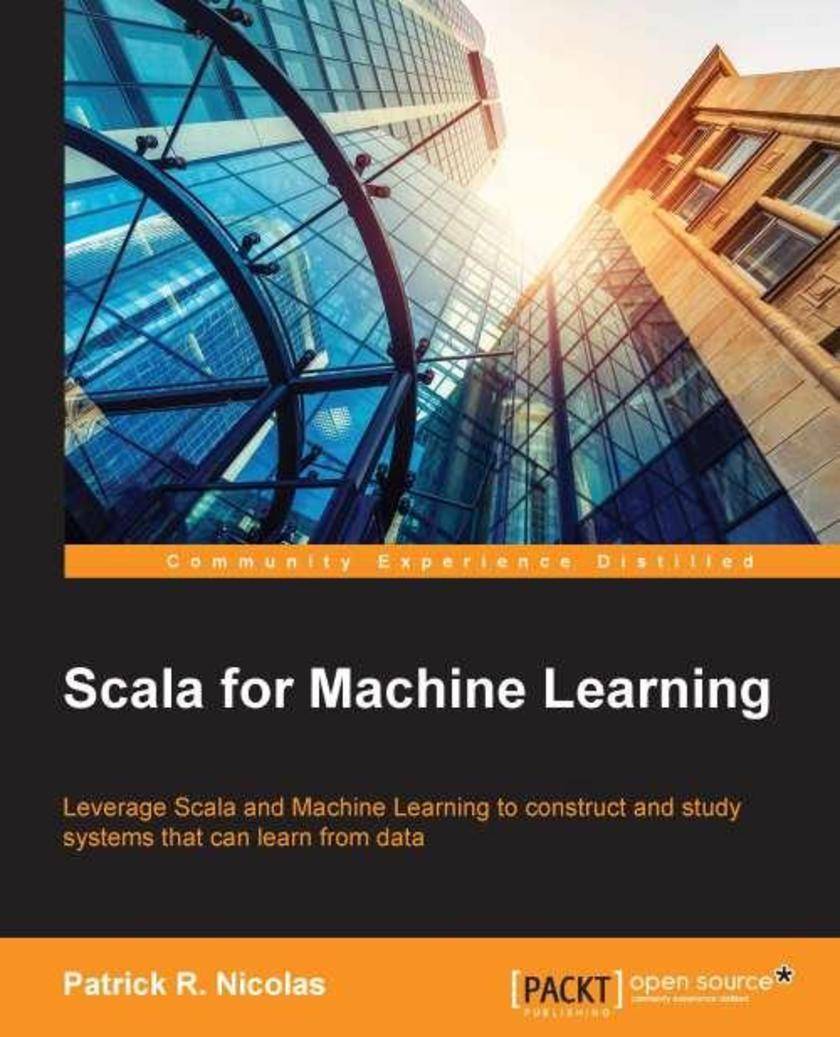
Scala for Machine Learning
¥107.90
Are you curious about AIAll you need is a good understanding of the Scala programming language, a basic knowledge of statistics, a keen interest in Big Data processing, and this book!
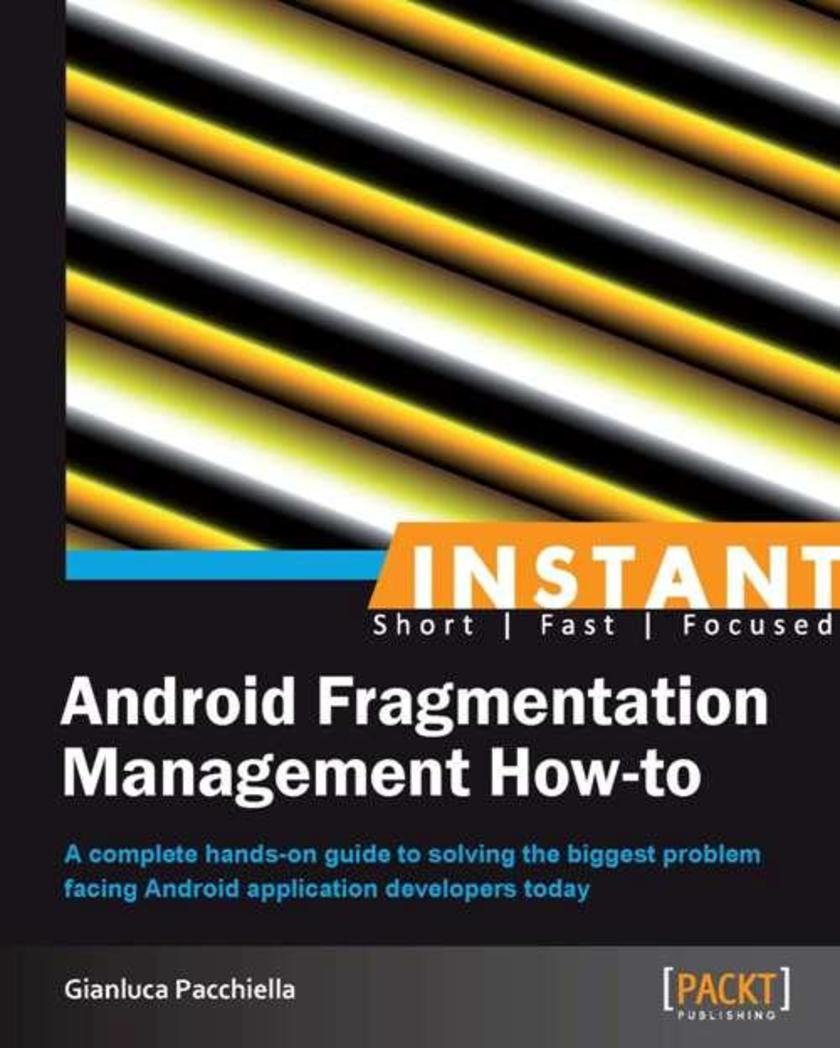
Instant Android Fragmentation Management How-to
¥41.41
Filled with practical, step-by-step instructions and clear explanations for the most important and useful tasks. Get the job done and learn as you go. Written in the easy to understand Packt How-to format, this book offers the solution to the big issues in Android application development. If you want the best possible reviews for your apps, regardless of device or Android operating system, then this book is for you.

PrimeFaces Cookbook
¥80.65
This is a cookbook with plenty of practical recipes enriched with code and detailed explanations. This book is for you if you would like to learn modern Java web development based on PrimeFaces and are looking for a quick introduction into this matter. Prerequisites required for this book are basic JSF and jQuery skills.
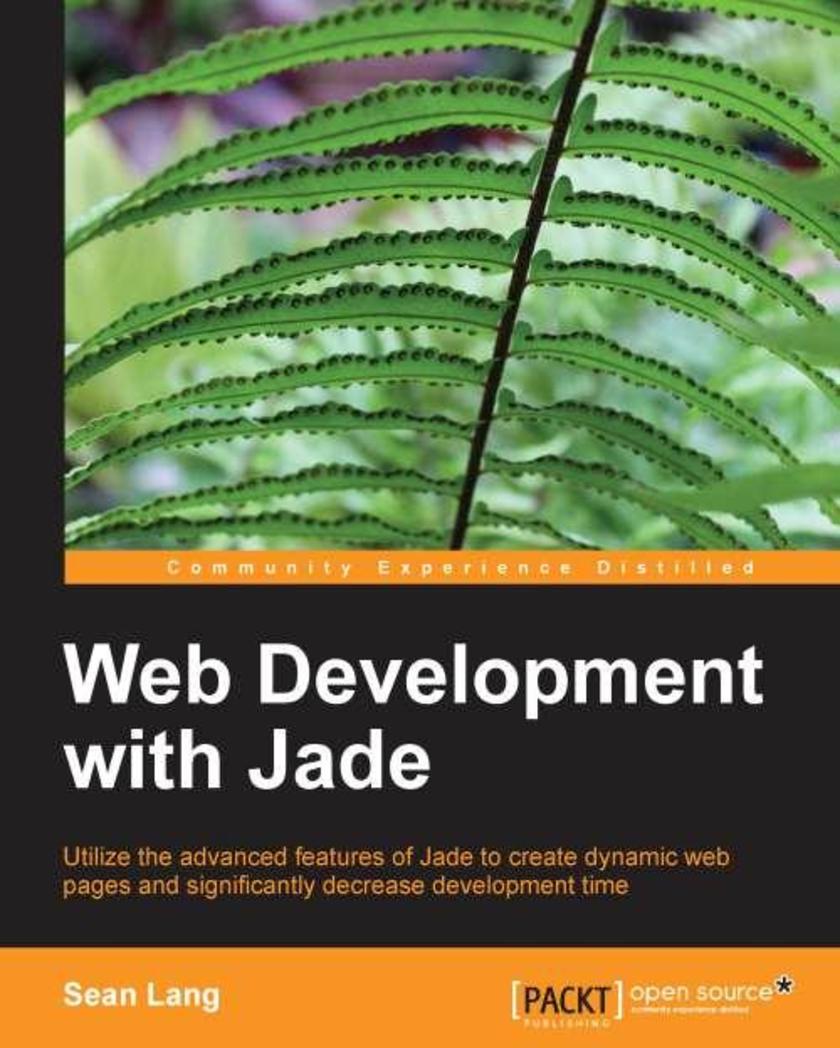
Web Development with Jade
¥45.77
This is a stepby step, tutorialbased book which will enable web developers to explore the functionalities of Jade and learn how to use it to write certain functions and processes for web development. This book is for web developers with at least a basic understanding of HTML and JavaScript. It will enable you to write an easier form of language that then compiles into HTML.

Instant Moodle Quiz Module How-to
¥41.41
Filled with practical, step-by-step instructions and clear explanations for the most important and useful tasks. Get the job done and learn as you go. Step-by step application of the features of Moodle Quiz provides a good grounding in creating effective assessment FOR and OF learning. Filled with practical, step-by-step instructions and clear explanations for the most important and useful tasks. Get the job done and learn as you go. If you are doing any kind of instruction using Moodle as your Learning Management System, this book is for you! Strong assessment is one of the keys to effective instruction and successful learners. Readers are expected to have a basic working knowledge of Moodle and access to a course they are instructing.

Getting Started with BizTalk Services
¥54.49
A practical book that acts as a clear and concise introduction to BizTalk Services. Full of realworld scenarios, each area of BizTalk Services is explained in detail, essentially enabling you to smoothly design your own integration solutions with minimal effort. This book is intended for those who want to understand BizTalk Services, what it can do, and how to build integration solutions using it in their organizations. If you are a developer, architect, or project manager, this book will quickly get you acquainted with this powerful cloud integration technology. It would be helpful to have some experience with BizTalk Server; however, this is neither required nor assumed. It is recommended to have a sub*ion with Windows Azure to try out the examples in the book.

Instant PhoneGap,Social App,Development
¥45.77
Filled with practical, step-by-step instructions and clear explanations for the most important and useful tasks. Get the job done and learn as you go. This book is concise and follows a clear, step-by-step tutorial approach. You’ll need to have a desire to learn about mobile application development. Since Phonegap uses HTML, CSS, and Java* heavily, it is important to have a good understanding of these topics. You should also have a good understanding of your desired platform and corresponding SDK and IDE (that is, if you want to develop for Android, you should be familiar with Eclipse. For iOS, you need to be familiar with Xcode.)

Building your First Mobile Game using XNA 4.0
¥71.93
This book is a step-by-step tutorial with a lot of screenshots that help to explain the concept better. This book will cover the building of a 3D game for Windows Phone using XNA. We won’t explain the C# programming language itself, nor object-oriented programming.We will however explain the aspects of game development thoroughly, so don’t worry if you have never written a 3D game. We will cover all the basics, included the much dreaded math. This is the right book for anyone, regardless of age and gender, if: You are interested in game development You want to start building games for Windows Phone You have some programming knowledge. In this book, we will first go over the technical topics, and end up building a 3D game for Windows Phone 7 together!
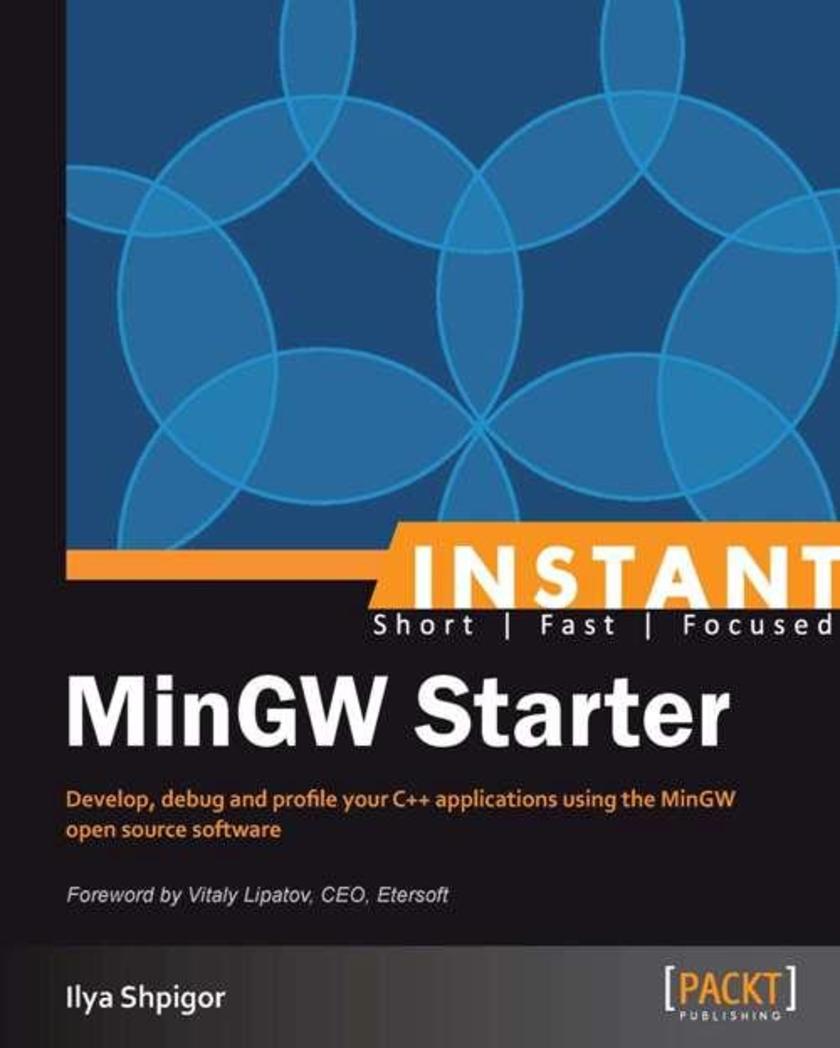
Instant MinGW Starter
¥35.96
Get to grips with a new technology, understand what it is and what it can do for you, and then get to work with the most important features and tasks. This is a Starter guide designed to enable the reader to start using MinGW to develop Microsoft Windows applications as quickly, and as efficiently, as possible. This book is for C and C++ developers who are looking for new and effective instruments to use in application development for Microsoft Windows. No experience of MinGW is needed: this book will guide you through the essentials to get you using the software like a pro in a matter of hours.
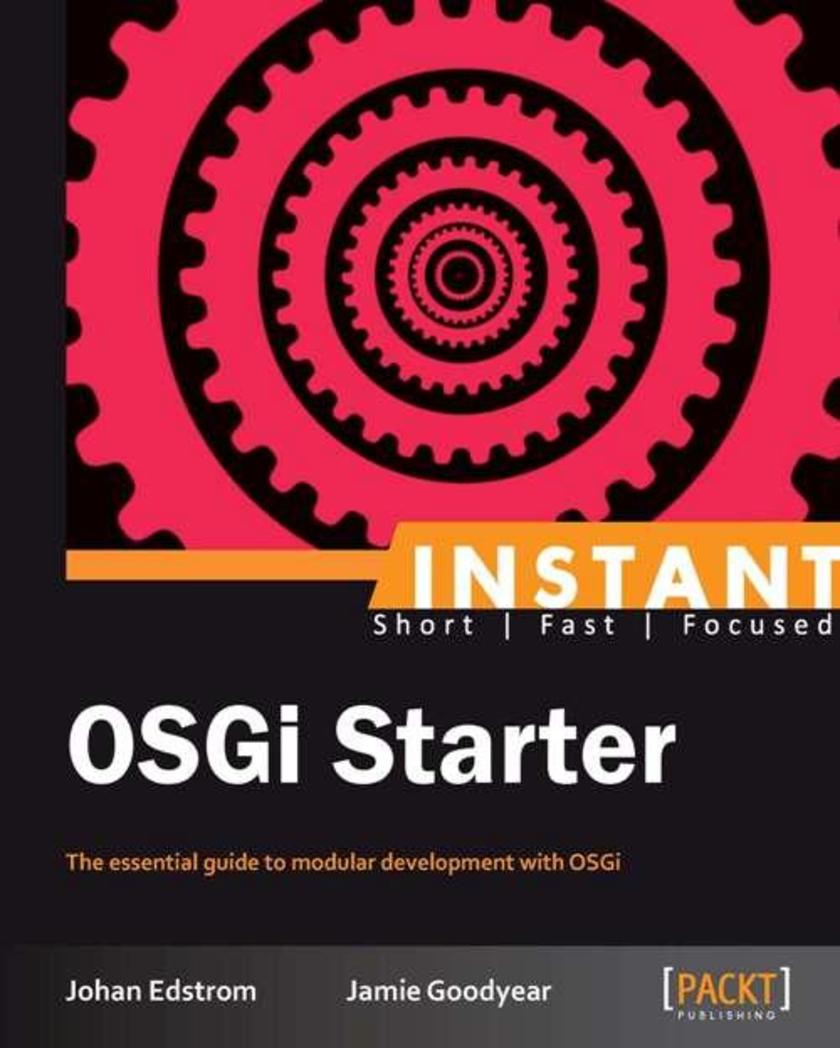
Instant OSGi Starter
¥45.77
Get to grips with a new technology, understand what it is and what it can do for you, and then get to work with the most important features and tasks. Using a practical approach with explanation where needed, the book will take an in depth look at what OSGi is and what it offers to Java programmers and development standards. "Instant OSGi Starter" is intended for the senior Java programmer whom will be joining OSGi based projects, or for Architects looking to broaden their exposure to OSGi as a beneficial framework and runtime software system.
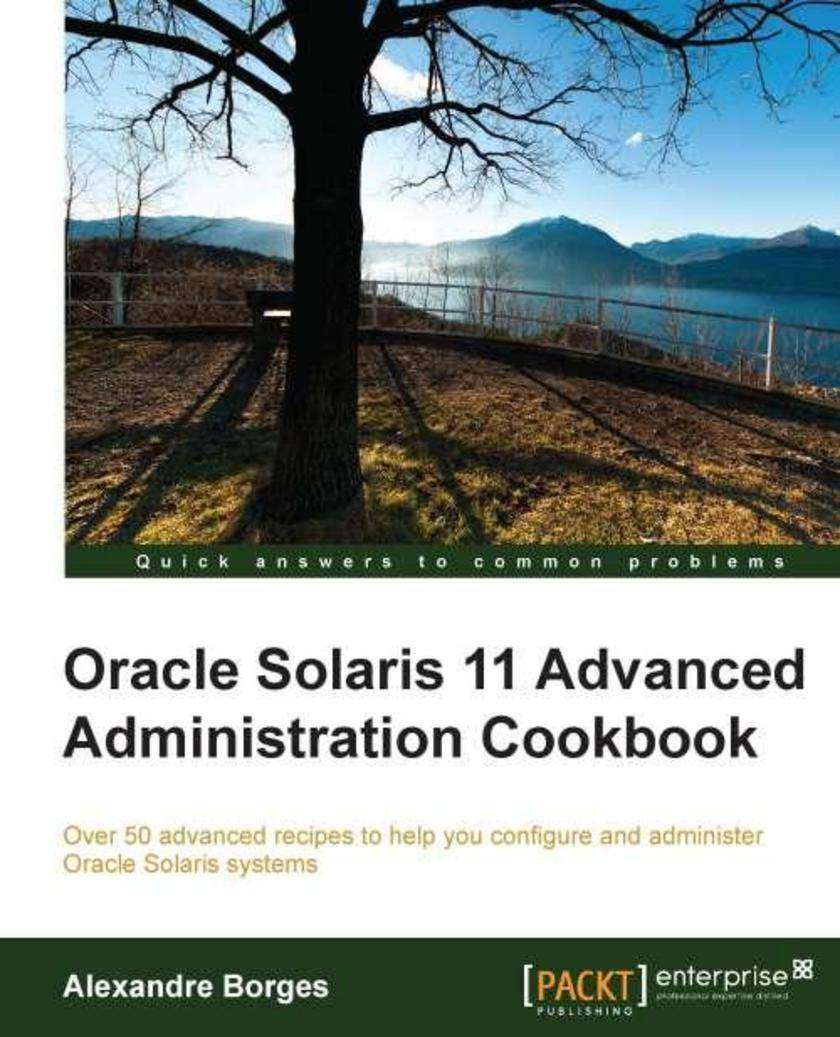
Oracle Solaris 11 Advanced Administration Cookbook
¥107.90
If you are a Solaris administrator who wants to learn more about administering an Oracle Solaris system and want to go a level higher in utilizing the advanced features of Oracle Solaris, then this book is for you. A working knowledge of Solaris Administration is assumed.

Salesforce Essentials for Administrators
¥54.49
This book is targeted at expert administrators or professionals who are new to Salesforce and want to learn the various features supported by the platform in a short space of time. The book can also be used by professionals preparing for Developer and Administrator certification exams from Salesforce.
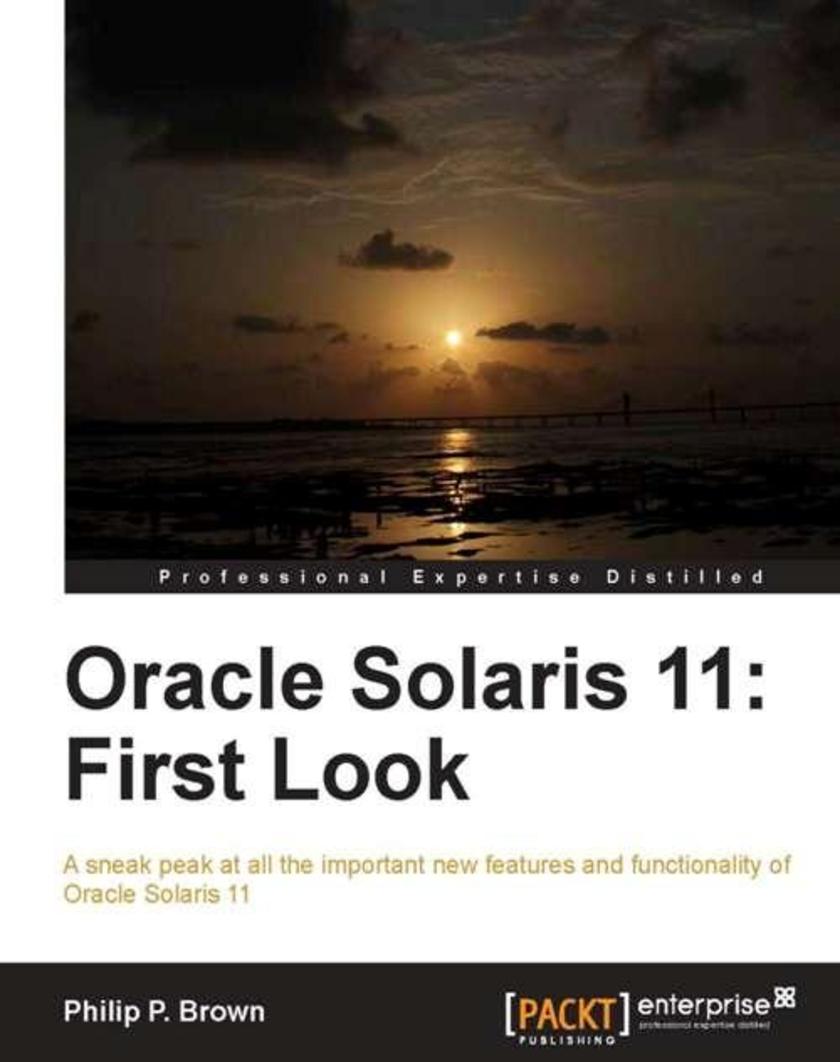
Oracle Solaris 11: First Look
¥54.49
This book is written in simple, easy-to-understand format with lots of screenshots and step-by-step explanations. If you are a Solaris administrator looking for a step-by-step guide to understand the new features and functionality of Oracle Solaris 11, then this is the guide for you. Working knowledge of Solaris is required.
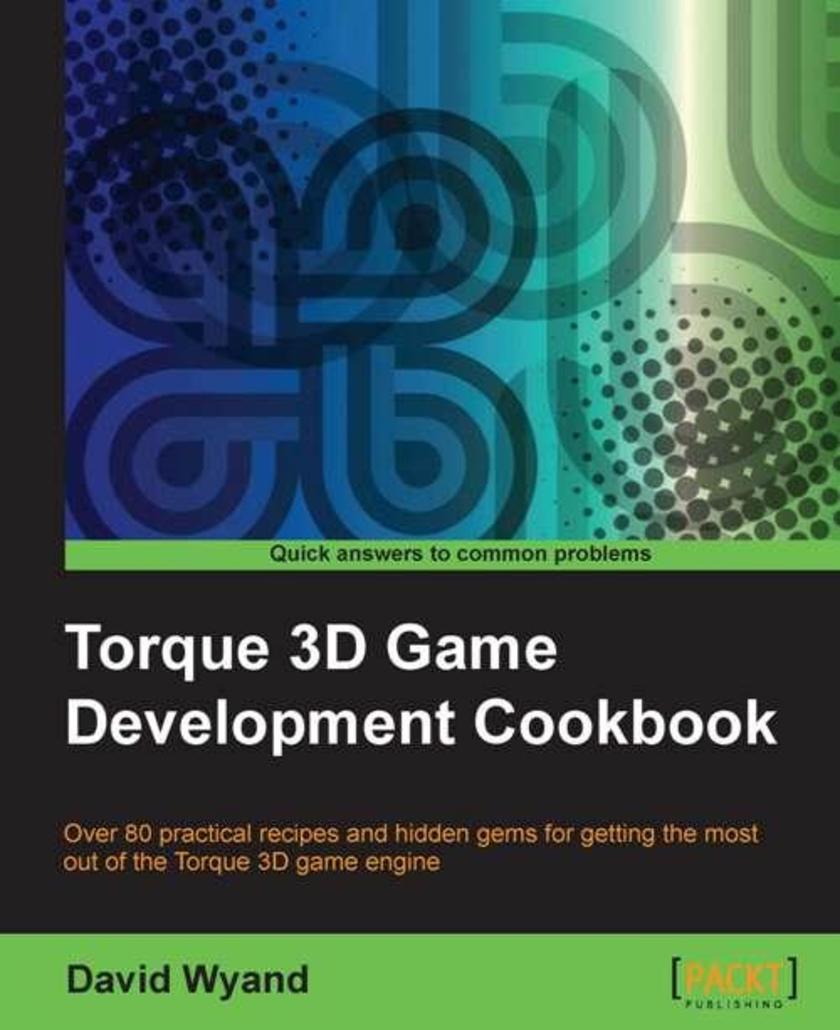
Torque 3D Game Development Cookbook
¥90.46
Cookbook; packed with recipes to help you create amazing 3D games with Torque. The recipes provide clear step-by-step instruction and practical examples to advance your understanding of Torque 3D and all of its subsystems. The book is written for professional and indie game developers that have basic knowledge of TorqueScript, are acquainted with Torque 3D’s built-in tools, and wish to take their skills to the next level. Having gone through the comprehensive Torque 3D 1.2 FPS game tutorial on the GarageGames website (or its equivalent) is assumed.
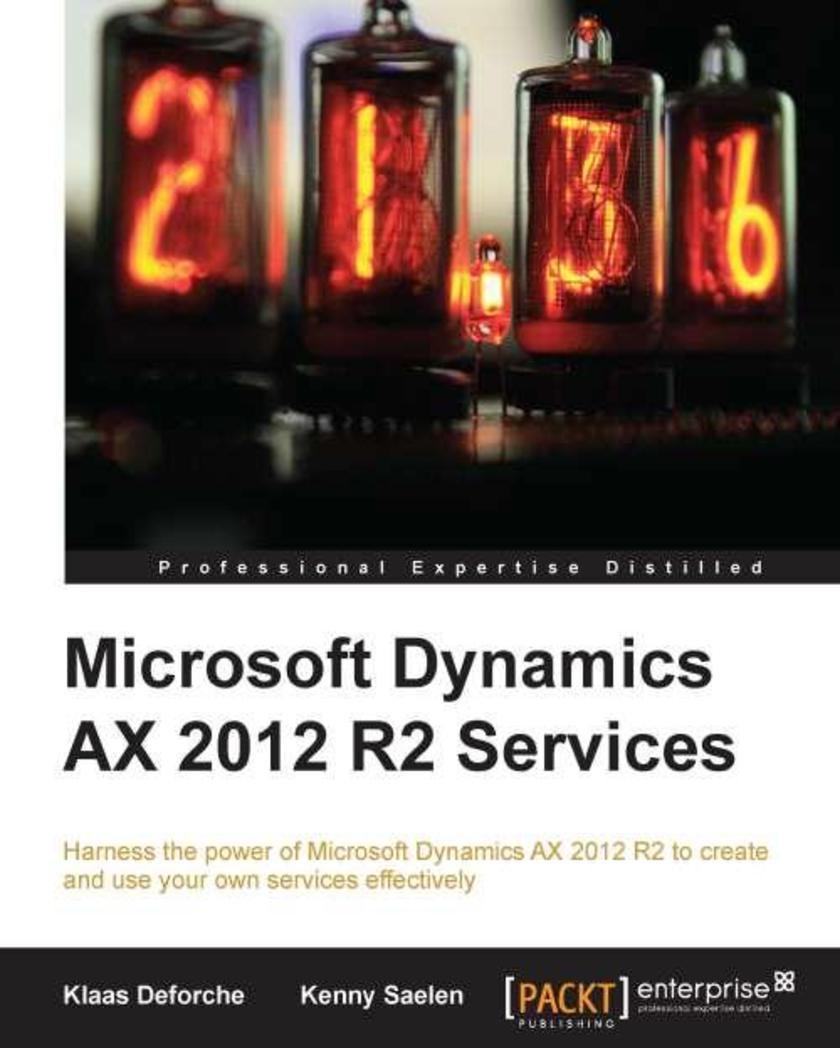
Microsoft Dynamics AX 2012 R2 Services
¥99.18
This book is a tutorial guide that covers each topic in depth with examples. The stepbystep approach will help you better understand each task as you will have to perform them frequently when utilizing the services. If you are a Dynamics AX developer, new or experienced who wants to implement services with Microsoft Dynamics AX 2012, then this book is for you. A basic understanding of MorphX and X++ is assumed, but the stepbystep instructions are easy to follow even for beginners. Some examples use C# and .NET, so experience with Visual Studio is a plus but not a must.
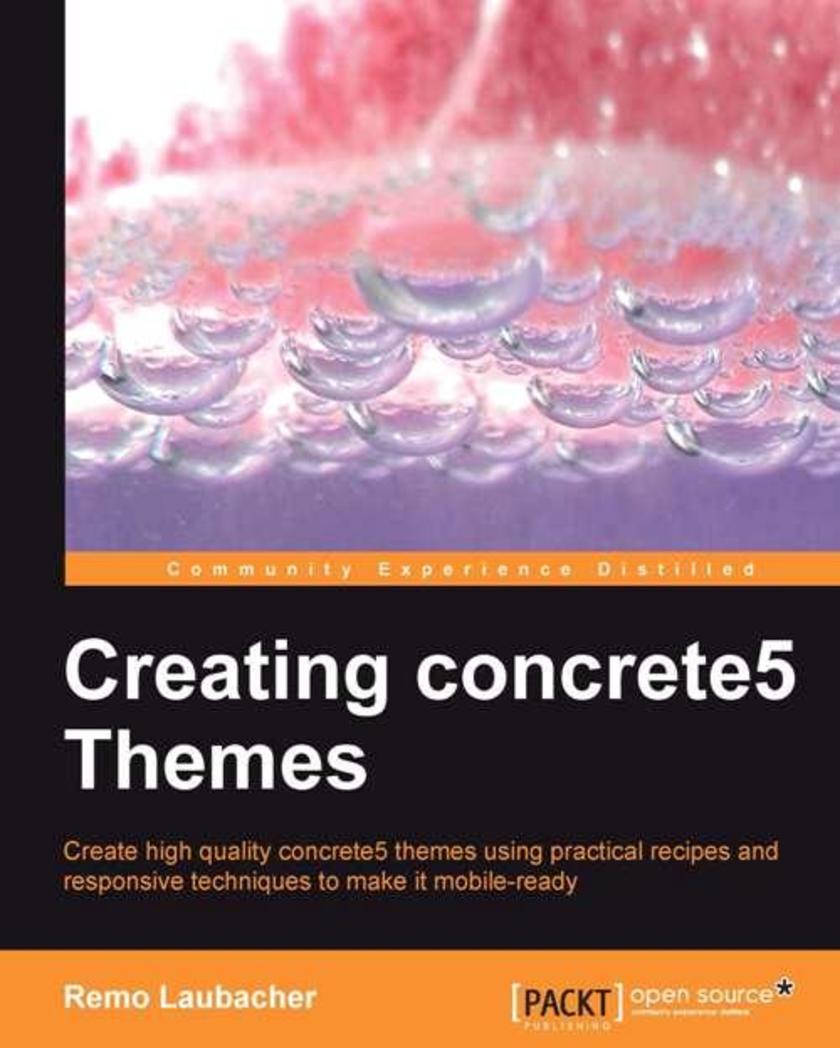
Creating concrete5 Themes
¥54.49
This book is a step-by-step tutorial with a lot of screenshots that help to explain the concept better. This book will cover the building of a 3D game for Windows Phone using XNA. We won’t explain the C# programming language itself, nor object-oriented programming. We will however explain the aspects of game development thoroughly, so don’t worry if you have never written a 3D game. We will cover all the basics, included the much dreaded math. This is the right book for anyone, regardless of age and gender, if: You are interested in game development You want to start building games for Windows Phone You have some programming knowledge In this book, we will first go over the technical topics, and end up building a 3D game for Windows Phone 7 together!
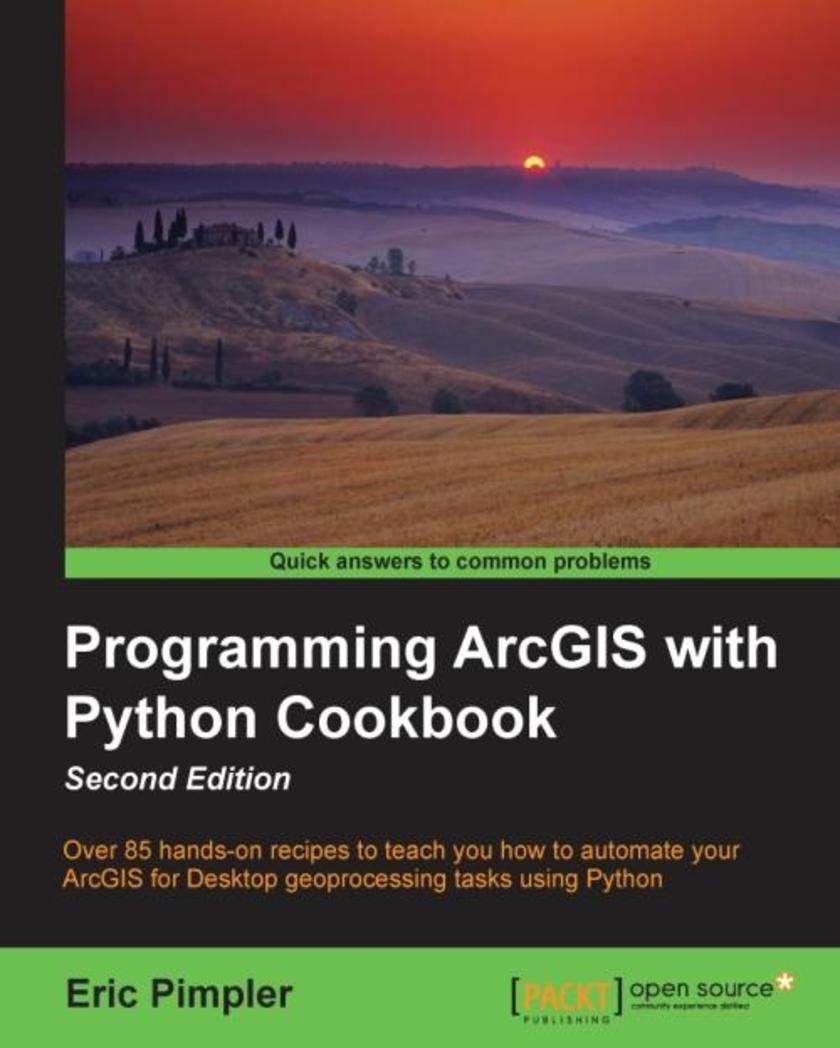
Programming ArcGIS with Python Cookbook - Second Edition
¥80.65
Programming ArcGIS with Python Cookbook, Second Edition, is written for GIS professionals who wish to revolutionize their ArcGIS workflow with Python. Whether you are new to ArcGIS or a seasoned professional, you almost certainly spend time each day performing various geoprocessing tasks. This book will teach you how to use the Python programming language to automate these geoprocessing tasks and make you a more efficient and effective GIS professional.
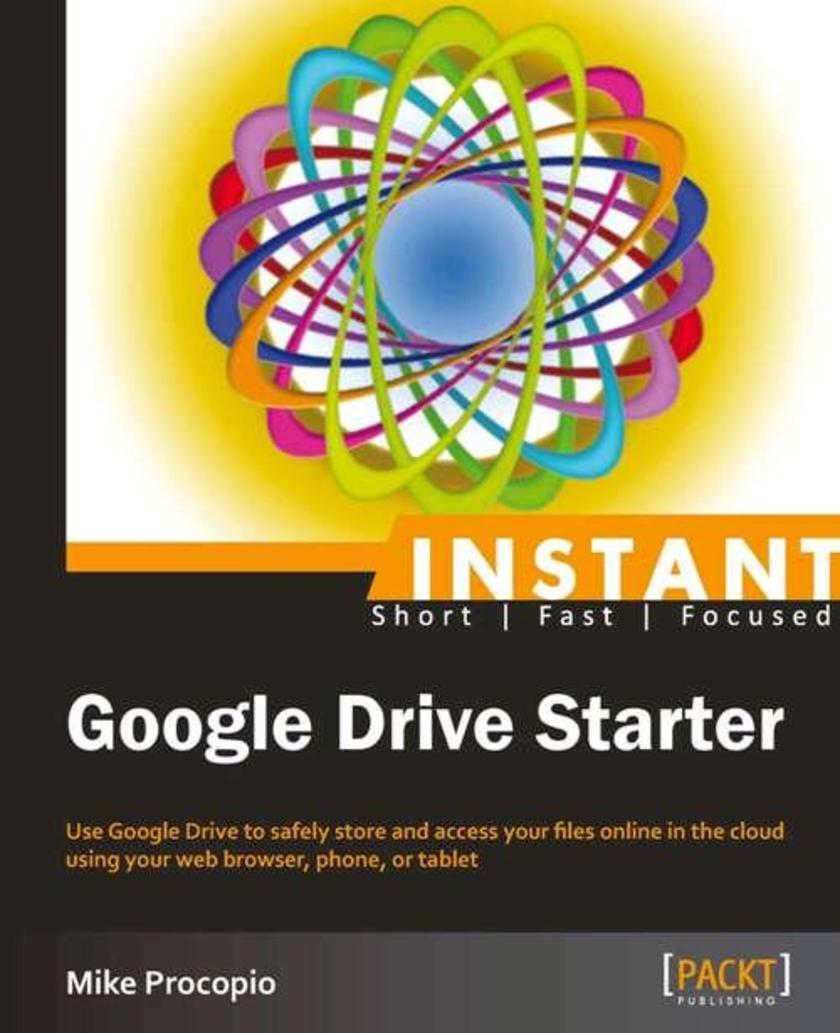
Instant Google Drive Starter
¥35.96
Get to grips with a new technology, understand what it is and what it can do for you, and then get to work with the most important features and tasks. This book is a Starter which teaches you how to use Google Drive practically. This book is perfect for people of all skill levels who want to enjoy the benefits of using Google Drive to safely store their files online and in the cloud. It’s also great for anyone looking to learn more about cloud computing in general. Readers are expected to have an Internet connection and basic knowledge of using the internet.
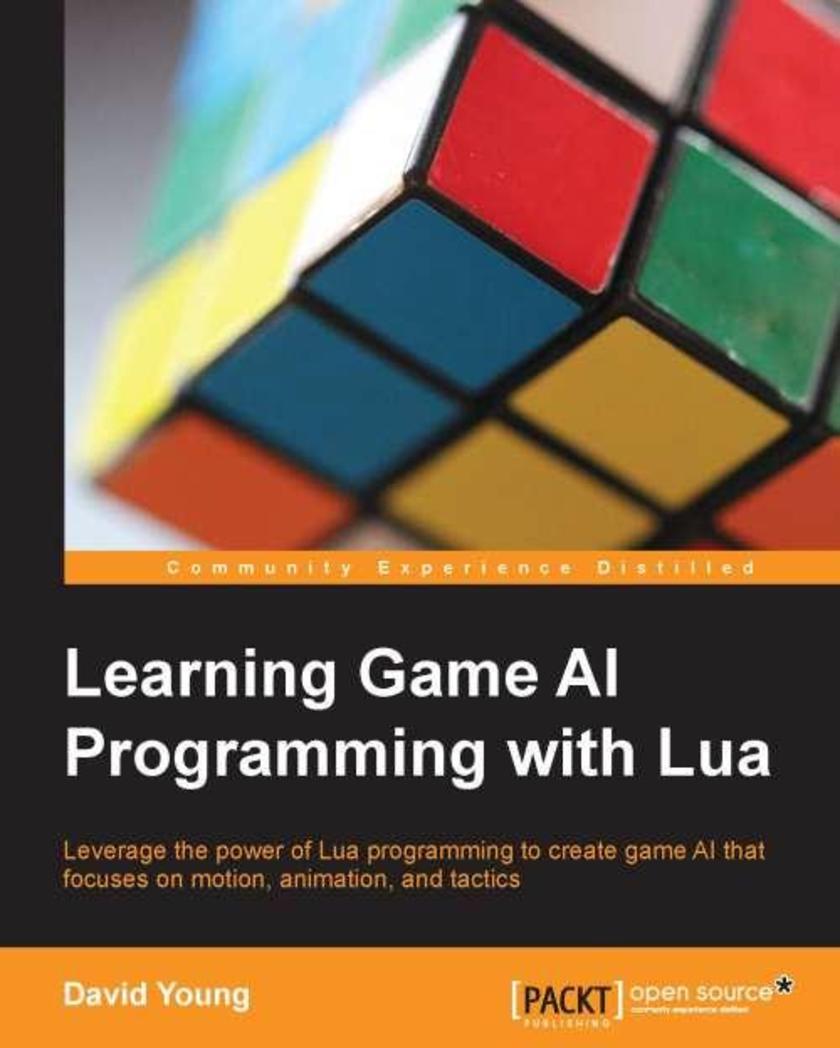
Learning Game AI Programming with Lua
¥80.65
If you are a game developer or a general programmer who wishes to focus on programming systems and techniques to build your game AI without creating low-level interfaces in a game engine, then this book is for you. Knowledge of C++ will come in handy to debug the entirety of the AI sandbox and expand on the features present within the book, but it is not required.




 购物车
购物车 个人中心
个人中心



